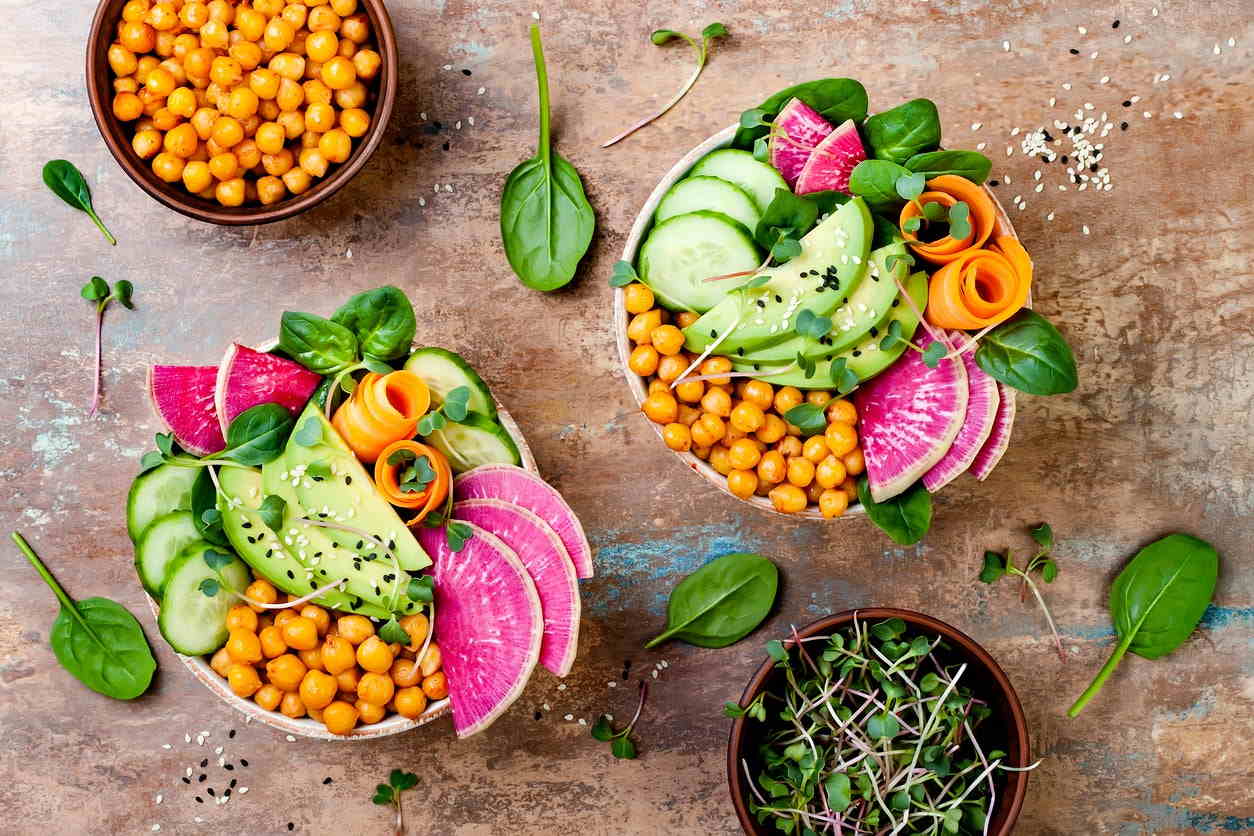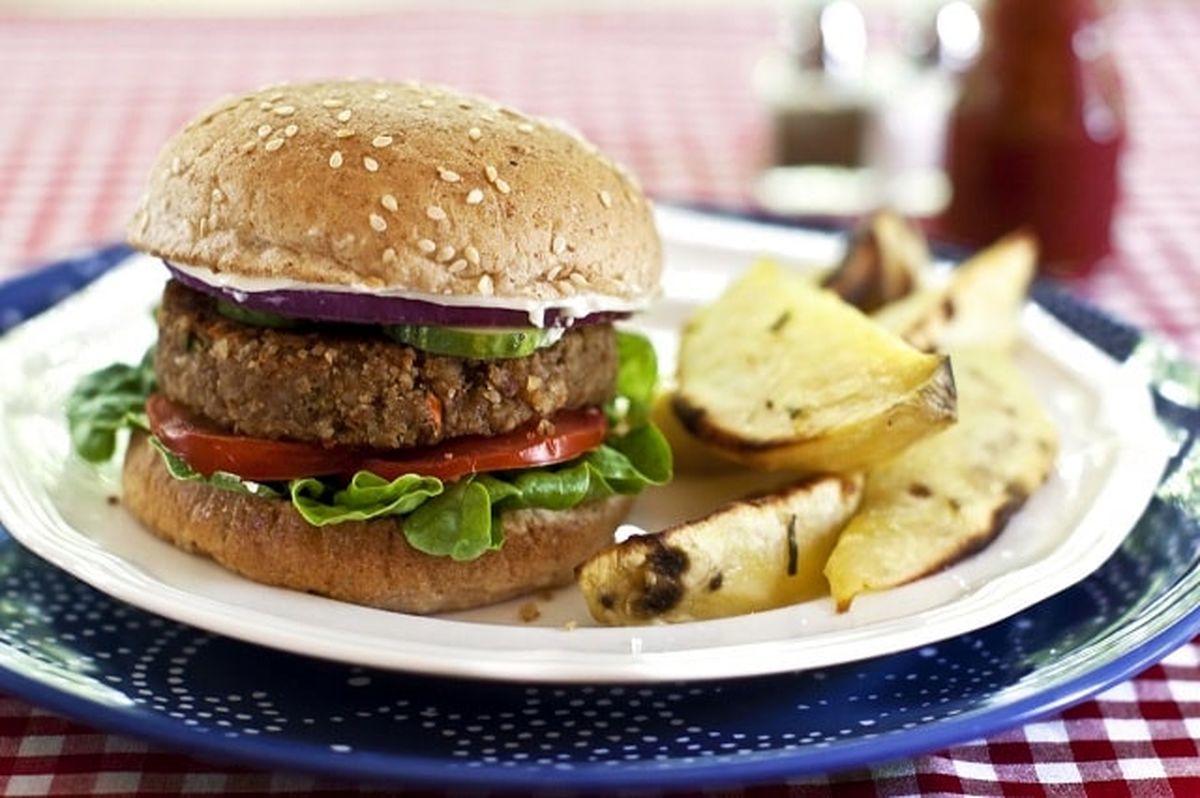The results of various research which have been done in recent years show how people can benefit from a vegan diet, and one of the main health benefits that people can enjoy is not only lower heart disease risk but also to keep balance in weight and cholesterol level. I am one of those who saved my heart by going raw vegan. When I figured out I have serious heart disease and should change my lifestyle, after doing some research, I ended up with this simple solution “raw vegan diet,” which everyone can do.
Why raw? That is because raw plant-based foods, which are full of nutrients and lack saturated fats, don’t undergo a cooking process and notorious remain healthy without altering their essence.
So without a doubt, you can make the most out of vegans while they remain uncooked.
So, if you want to know more about raw vegan diets & risk of heart disease, stay with me in this article to learn more about it.
At first, I was skeptical- I mean, how could I possibly eat only raw fruits and veggies and still feel satisfied?
But I was desperate, so I gave it a shot. And let me tell you, it was life-changing.
Not only did I start feeling better almost immediately, but my heart issues started to melt away.
I knew I was on to something special.
Turns out, raw veganism can seriously lower your risk of heart disease.
Follow me if you want to know more about the raw vegan diet.
The raw vegan diet belongs to the vegan diet and is one of its subsets. As you know, vegans do not consume animal-based products such as milk, cheese, eggs, fish, or meat.
But a raw vegan diet is more specific than a vegan diet, and they don’t cook or process plant-based foods.
The raw foods for raw vegan fans mean the food is not heated or cooked at over 48°C.
They make their foods using alternative ways such as juicing, soaking, germinating, sprouting, dehydrating, and blending.
The definition of raw vegan can vary for each person. While some people think they can warm their dish to tender the texture, others consider dehydrated foods like cereals, raw bread, and raw desserts.
How much raw food is consumed may also vary from diet to diet. 50–74% of raw foods appear to be the most popular option, according to a 2011 guide to raw vegan diets.
You may come up with this question “Why do raw vegans prefer to eat raw instead of cooking, which makes food tastier?
Well, there are lots of reasons.
The first and foremost reason for that is when you cook foods; it is more likely that you ruin and degrade essential notorious substances of the food and make it unhealthy.
So intaking notorious material can lead to the body’s health, and as a raw vegan, you can take advantage of many health benefits.
Some people do it to be kind to the animals and the planet because they don’t want to hurt or mess up.
And some folks do it for the fun and excitement of trying new stuff and creating recipes.
I know you may think that “Raw veganism is too extreme and it is hard to adhere to this diet” Listen, I get it- it can seem intimidating.
But if I can do it, anyone can. And I promise, the perks are worth it. Let’s see the health benefits of a raw vegan diet to make the right decision.
Eating raw vegan food is not only good for your heart health but also super good for your heart.
Since a raw vegan diet includes a high amount of fruit and vegetable consumption free of saturated fats, you can benefit from heart health.
According to research reports, once you increase the number of eating plant-based products from 3 to 5 times, you can have 17% less exposure to heart disease risk.
All those fruits, veggies, nuts, seeds, sprouts, grains, and legumes are great for your blood pressure and cholesterol levels. Research shows that vegans with high blood pressure risk are 75% lower than meat-consumer.
Obesity and overweight is the main health issue in many countries, and they are looking for an authentic way to resolve them since many health issues, such as type 2 diabetes and heart disease, followed by overweight and obesity.
The best thing about the raw vegan diet is helping with losing weight. That’s because you eat fewer calories and more fiber than omnivores.
Fiber helps you feel full and satisfied, so you don’t overeat or snack on junk food. Plus, raw foods are more nutritious and energizing than cooked foods, so you have more motivation to exercise and stay active.
The cohort study on people who followed a vegan diet for 3.7 years shows they lost about 9.9-12 Kg weight.
So, by losing weight and mainlining a balance in weight, people would be less likely to be at risk of health issues.
There is limited research on the impact of raw vegan diets on diabetes risk. Although, a study from 2009 indicates that vegan diets may reduce the risk of type 2 diabetes by almost 50% compared to non-vegetarian diets.
The Centers for Disease Control and Prevention (CDC) suggests dietary modifications can lower the risk of diabetes, such as consuming more fruits and non-starchy vegetables, as you can reduce processed foods and trans fats commonly found in baked and fried foods from your diet.
Adapting to a raw vegan diet can improve your digestion since raw vegan foods are high in fiber, soluble and insoluble fibers.
Insoluble fibers help digestion by adding bulk to the stools, increasing their movement in the gut, and decreasing constipation probability.
On the other hand, soluble fibers feed beneficial bacteria, which are responsible for food breakdown.
And they also, by producing some good nutrients, reduce the likelihood of inflammation in the gut.
Based on this, raw vegans suffer from diseases such as irritable bowel syndrome (IBS), Crohn’s disease, and ulcerative colitis.
Heart disease – Causes & risk factors of it
Let me tell you something I’ve experienced myself – heart disease is no joke.
Heart disease or cardiovascular disease is one of the common diseases among different nations, which has remained one of the serious diseases that can cause thousands of deaths each year. However, there has been a large promotion in treating this disease.
To talk statistically, every 10 minutes, one Australian dies because of heart disease.
And trust me; you should not take it for guarantee because your heart is like your body’s engine – it pumps blood to every nook and cranny, supplying oxygen and nutrients to all your organs and tissues.
I’ve learned from personal experience that there are many factors at play regarding heart disease.
While smoking, high blood pressure, and being overweight can all contribute to heart disease,
And above all, a wrong diet can enhance the risk of coronary heart disease, which should not be overlooked. For example, eating habits associated with high cholesterol can align with CVD.
Plaque build-up in your arteries can impede the blood flow to your heart, making it challenging to function correctly.
This can lead to chest pain, heart attacks, or strokes.
I’ve also found that specific diets, like ones high in meat and animal products, can increase your risk of developing heart disease because of their high levels of saturated and trans fats.
Additionally, arrhythmia can also be a factor in heart disease, causing your heart to pump less blood and leading to symptoms like dizziness or fainting.
Is it enough to know how a wrong diet can lead to a s serious disease such as heart disease?




